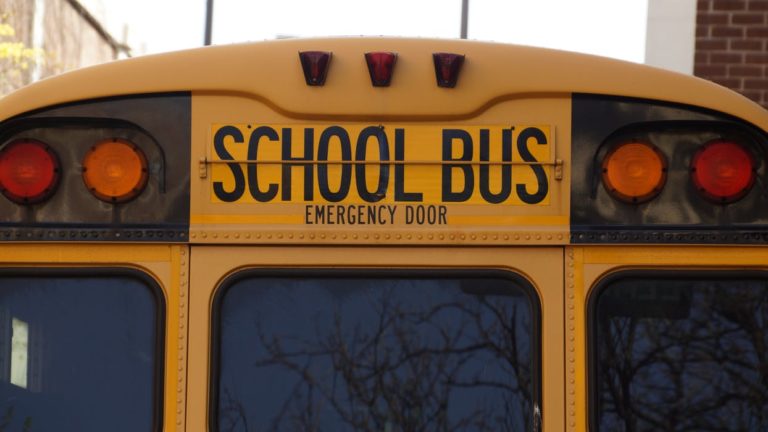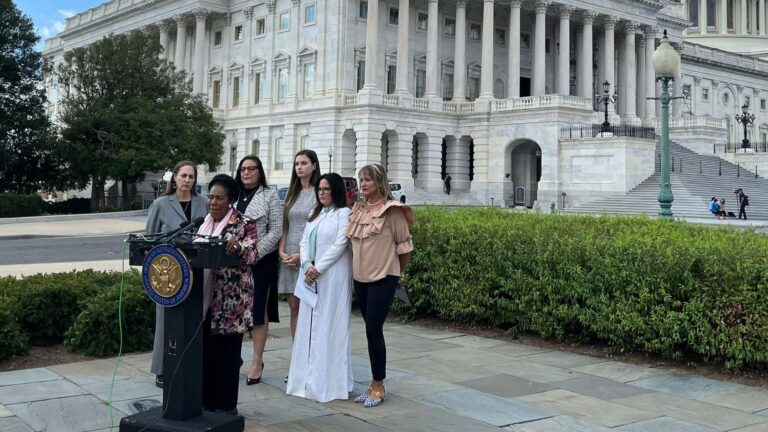As summer comes to a close and families prepare to send their children back to school, many of them are unaware of the potential threats lurking on school and library computers. While technology has expanded the educational possibilities in the classroom, it has also introduced a lethal enemy: online pornography.
Recently, many cases of children being unintentionally exposed to pornography on school-issued technology have been reported. You can read about these reports under the FAQ’s News Articles section on our Safe School Safe Libraries webpage.
These reports reveal that schools and libraries are neglecting their responsibility to protect children from inappropriate content in three ways: 1) inadequate, or non-existent Wi-Fi filters, 2) access to school databases with faulty filtering systems that can lead to exposure to pornographic images and articles, and 3) inadequate, or non-existent, filters on school devices that are distributed to students. Due to these inadequate filters, pornographic content is accessible with just a few clicks of the mouse.
Despite efforts of school districts to implement filtering systems on Wi-Fi services and distributed technology, there are still many instances of the failure of these systems. These failures need to be addressed, so children can be guaranteed a safe learning environment.
Harms of Pornography
Current research details the harms associated with exposure to pornography, including increases in verbal and physical aggression among both males and females [i] and decreases in brain matter in the areas of motivation and decision making and impairment in impulse control. [ii] Additionally, a content analysis of pornographic material found that 88% of scenes contained physical violence. [iii] Thus, pornography normalizes themes of sexual violence.
Take Action
Pornography poses serious risks to the rising generation, and it is unacceptable that schools and libraries are facilitating access to it through filtering systems that are weak or even nonexistent. Although you may not currently be aware of these issues in your school system, here are a few steps you can take to keep schools safe:
1) Talk to your children about pornography and sexually explicit material. Establishing an open conversation with your children will help encourage them to seek help from you when they encounter pornography. Current statistics show that it’s not a matter of “if” your child will see pornography but rather “when” they will encounter it.
2) Check your schools for adequate filters on school computers, laptops, and tablets. Even simple, harmless searches may yield pornographic results with just a few clicks.
3) Send an information packet from our website to educate your Parent Teacher Association.
4) Share our posts on social media You can find a list of prepared #BackToSchool tweets here.
5) Share your experiences with us by emailing [email protected].
For more information on the Safe School Safe Libraries Campaign, see here.
[i] Paul J. Wright, Robert S. Tokunaga, and Ashley Kraus, “A Meta-Analysis of Pornography Consumption and Actual Acts of Sexual Aggression in General Population Studies,” Journal of Communication 66, no. 1 (February 2016): 183–205.
[ii] Simone Kühn and Jürgen Gallinat, “Brain Structure and Functional Connectivity Associated with Pornography Consumption,” JAMA Psychiatry 71, no. 7 (2014): 827–834.
[iii] Ana J. Bridges, Robert Wosnitzer, Erica Scharrer, Chyng Sun, and Rachael Liberman, “Aggression and Sexual Behavior in Best-Selling Pornography Videos: A Content Analysis Update,” Violence against Women 16, no. 10 (2010): 1065–1085.




